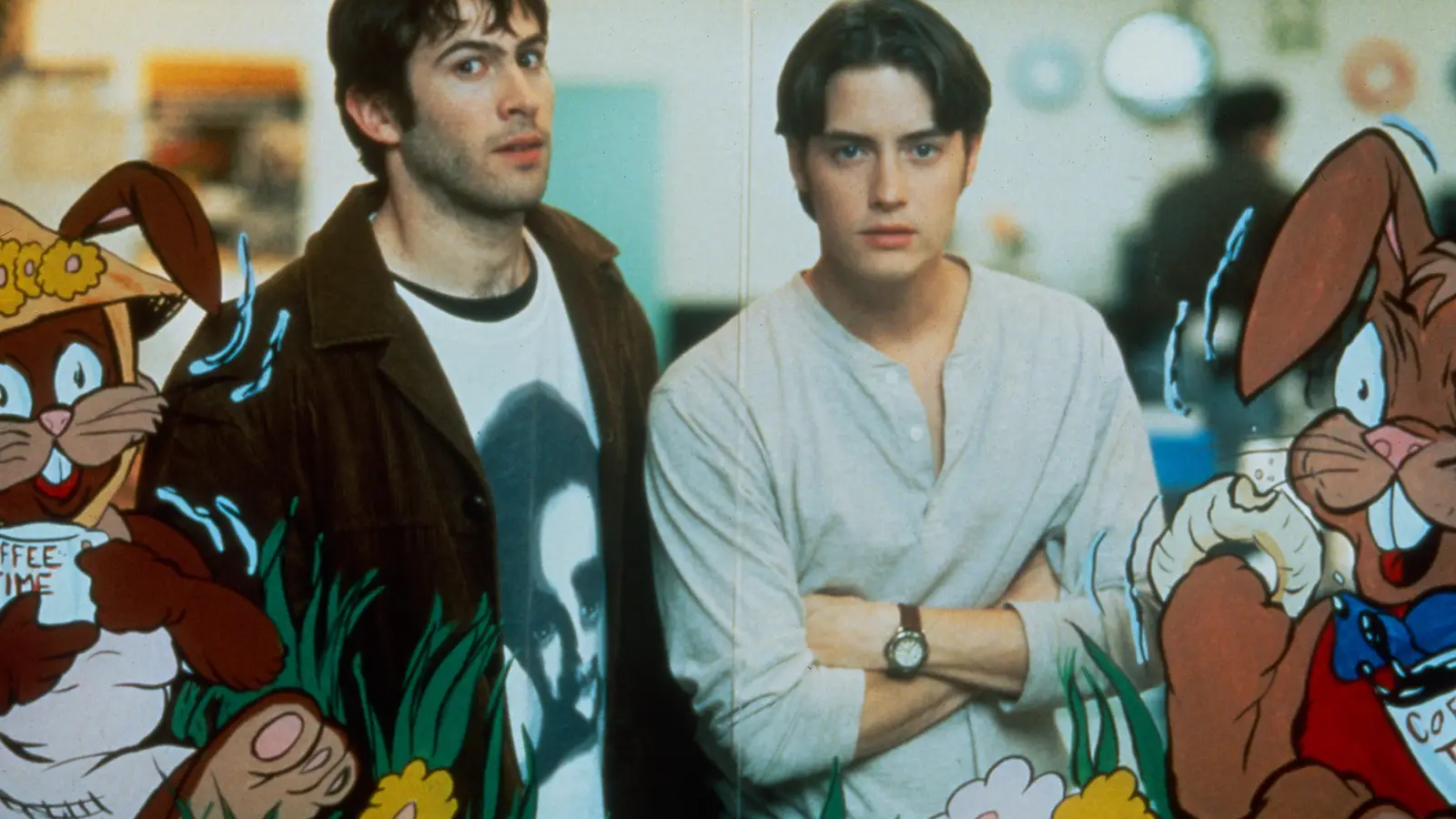Copyright newsweek

A group of leading veterinarians has issued a stark warning about what the rise of “fur baby culture,” arguing that treating pets like human children can actually put their welfare at risk. The experts—the authors of the new book Veterinary Controversies and Ethical Dilemmas— say that the increasingly human-like treatment of animals has created a “profitable ‘fur baby’ phenomenon” that is leading to serious problems in the way pets are cared for. The book, written by veterinary practitioners and academics Tanya Stephens, professor Eddie Clutton, Polly Taylor and Kathy Murphy, explores the ethical grey areas facing the veterinary profession today. Topics range from corporate profit-chasing to overdiagnosis and overtreatment—all trends they say have been amplified by the growing tendency to see pets as family members rather than animals. “A few vets, us included, see the rise of the ‘fur baby’ as a huge problem for animals and their welfare,” Clutton said. “Some, perhaps many vets, as well as corporate shareholders, see the concept as a tremendously useful way in which to make loads of money.” A cute, fluffy Pomeranian dog sitting on a stroller for children. When Love Goes Too Far While most pet owners have the best intentions, the veterinarians argue that “encouraged anthropomorphism”—treating pets as if they were children—can sometimes cause harm rather than good. The emotional connection between people and pets can drive owners to demand more tests, procedures and treatments than may actually be in the animal’s best interest. “There is a push by some vets to promote and support the human–animal bond as special and essential for human welfare without any acknowledgement that maybe it’s not all it’s cracked up to be and there are some downsides, for the pet as well as the owner. “In fact village dogs which hang around in groups may have a better quality of life than a designer dog left alone all day. There is no doubt that this emphasis on the human/animal bond supports the rise of the ‘fur baby’.” Beyond the ‘Gold Standard’ The authors argue that the most expensive or technologically advanced treatment is not always the right one. Instead, they encourage veterinarians and pet owners to focus on what is best for each animal’s individual circumstances, considering factors like quality of life and cost of care. “Better preventative medicine has allowed animals to reach old age, however, longer lives may not necessarily be happier ones if the animal is riddled with old-age ailments and the owner and veterinarian are reluctant to say the last goodbye,” says Stephens. The Role of Social Media and Profit The veterinarians also highlight how misinformation online and the influence of social media have made responsible pet care more difficult. Many pet owners, they say, are now turning to influencers or symptom-checking websites instead of relying on professional advice. This trend, combined with rising treatment costs and the growing corporate control of veterinary practices, has created what the authors describe as an unsustainable system driven by profit rather than animal welfare. Dr. Murphy asks: “Is there even a place for profit generation in caring professions, when we consider that clients are paying for the cost of their services plus whatever is needed to maximise growth of the company?” A Wake-Up Call for Pet Owners The authors stress that they are not looking to shame pet owners or veterinarians. Instead, their book aims to spark a deeper understanding of how emotional, financial and ethical pressures intersect in modern animal care. Recent surveys cited in the book show many veterinarians are struggling with stress, burnout, and moral dilemmas—and are often torn between what is best for the animal and what is affordable or emotionally acceptable to the owner. Do you have funny and adorable videos or pictures of your pet you want to share? Send them to life@newsweek.com with some details about your best friend and they could appear in our Pet of the Week lineup. Stephens, T., Clutton, R. E., Taylor, P., & Murphy, K. (Eds.). (2025). Veterinary Controversies and Ethical Dilemmas: Provocative Reflections on Clinical Practice. CRC Press. https://doi.org/10.1201/9781003449300



